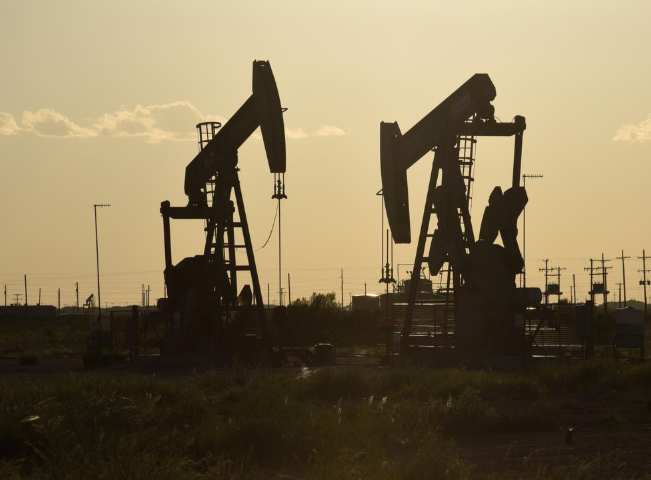The Shale Boom Has Turned To Bust: Producers Slashing Budgets, Staff, & Production Goals
The collapse in the shale industry is continuing with no signs of stopping or even slowing down.
No sooner did we highlight how shale is doomed no matter what the industry does and how recent price movements have triggered chaos across the industry, than we find out that oil producers and their suppliers are now cutting budgets, staffs and production goals, according to Reuters.
The U.S. now has 904 working rigs, which is down 14% from a year ago. Harold Hamm, chief executive of shale producer Continental Resources, still thinks this could be too many.
Additionally, bankruptcy filings by U.S. energy producers through mid-August of this year have matched the total for all of 2018 already. Earl Reynolds, CEO of Chaparral Energy said:
“You’re going to see activity drop across the industry.”
His firm has slashed its workforce by about 25% and cut spending by about 5%. It has also agreed to sell its headquarters and use some of the proceeds to pay off debt.
Cowen & Co. estimated last month that oil and gas producers deployed 56% of their total budgets through June and the firm expects total spending to fall 11% over last year.
And one slowdown begets another: as drilling slows, oilfield services companies are also making staff and budget cuts. Some, like Schlumberger and Halliburton Co., are considering restructurings. For example, Schlumberger is planning a writedown this quarter and has said that its North American results have been “under significant pressure”.
Halliburton, on the other hand, is reducing its North American workforce by 8% due to customer spending cuts.
Superior Drilling Services CEO Troy Meier said: “The service sector I think is going to be flat.” His firm recently cancelled plans to add new machinery.
The downturn is coming at the worst possible time: just as shale firms had started to generate more in cash than they spent on drilling and dividends. A group of 29 publicly traded producers generated $26 million last quarter after burning $2.4 billion in the year prior. And, as Reuters notes, a slowdown in the oil industry could hurt the overall economy:
Despite that progress, many small to mid-sized shale firms are now pulling back on production targets amid the gloomy price projections. A slowing oil industry could weigh on the United States economy. The boom in shale oil output added about 1 percent to U.S. gross domestic product, or 10% of growth, between 2010 to 2015, according to the Federal Reserve Bank of Dallas. In Texas, the center of shale oil production, energy employment dipped 1.8 percent in the first six months of 2019, according to the Dallas Fed. New drilling permits in the state fell 21% in July compared with the same month last year, according to state data.
Even though mid sized firms continue to struggle, large names like BP and Exxon Mobil continue to pour “billions of dollars” into longer term shale drilling plans. Chevron, for instance, is focusing much of its production growth on shale.
These companies believe that their integrated well to refinery networks allow them to control costs well enough to sustain low prices. Exxon believes it can earn a double digit return in the Permian Basin even if oil falls to $35.
Chevron CEO Michael Wirth has said the Permian Basin is the “highest return use of our dollars.”
Exxon CEO Darren Woods said: “The way we look at the business is tied to some very basic fundamentals that haven’t changed for decades, if not hundreds of years.”
Given the outlook for the industry, the major producers may wind up being tested in this regard.
Scott Sheffield, CEO of Pioneer Natural Resources said: “U.S. oil prices are likely to remain below $55 a barrel for the next three years. Lackluster prices will result in a significant fallback in Permian growth and probably no growth for most. Part of the slowdown comes as the best drilling spots in some areas of the field are being exhausted at a very quick rate.”
Flotek CEO John Chisholm agrees, saying the industry is “pumping the brakes” while struggling with design issues.
Finally, Matt Sallee, a portfolio manager at energy investors Tortoise Capital, concluded: “It’s hard to see how this gets any better for several quarters.”
Tyler Durden
Sun, 09/08/2019 – 20:00
![]()
Zero Hedge’s mission is to widen the scope of financial, economic and political information available to the professional investing public, to skeptically examine and, where necessary, attack the flaccid institution that financial journalism has become, to liberate oppressed knowledge, to provide analysis uninhibited by political constraint and to facilitate information’s unending quest for freedom. Visit https://www.zerohedge.com


